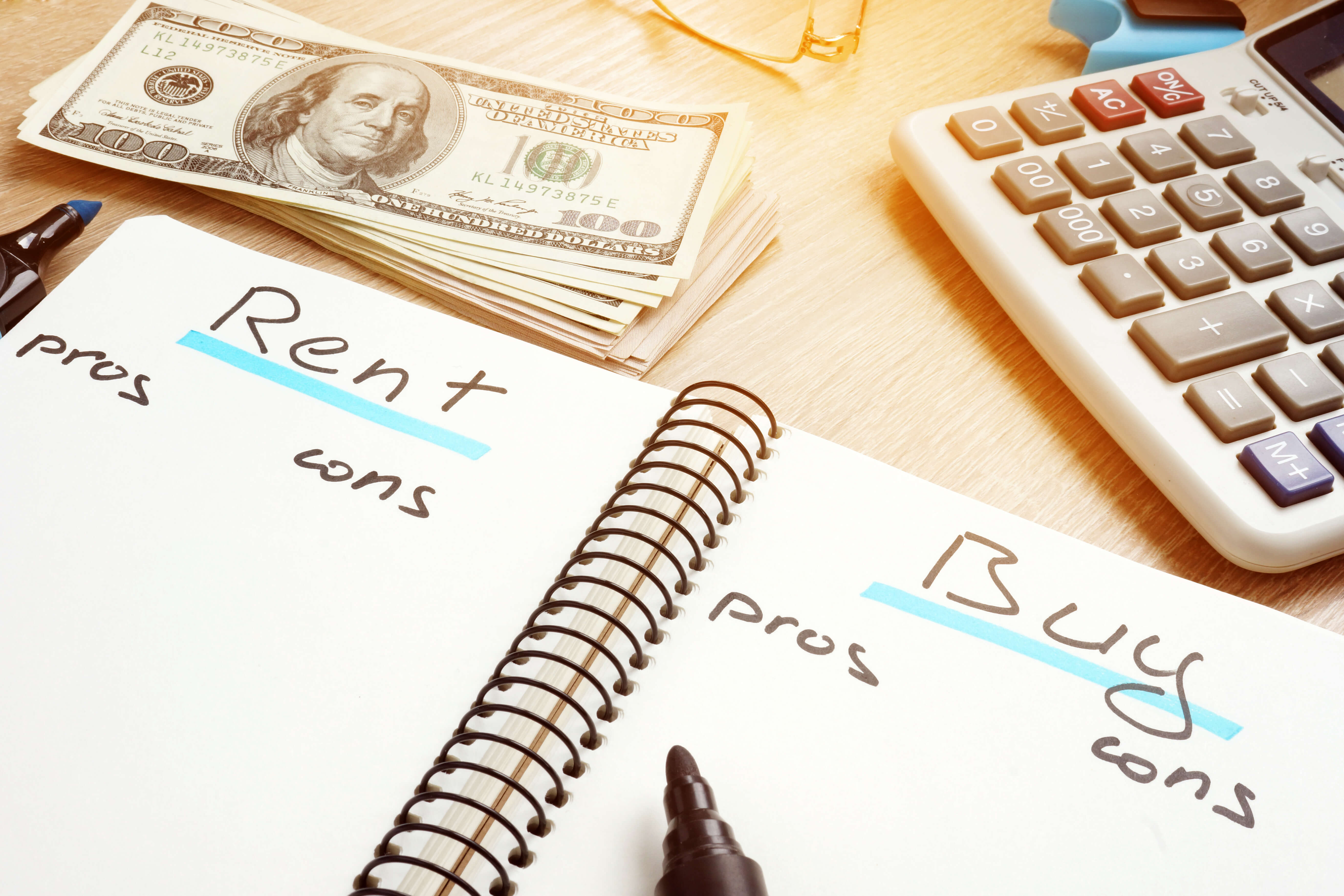Entering through a vast doorway; confronting a spacious lawn with flower bed and fountains on another side. Passing through the hallway; you see; stairs are rolling from one point to another end. Stepping on the mirror-like marble floor and seeing the kitchen having polished wooden cabinets. You’re tuckered out of work and want a strong cuppa with your beloved one standing beside in the beautifully viewed balcony. Then suddenly you jump out of bed and realizing “Oh! That was just a fancy dream. I wish that would last forever.”
You’re not the only Home Lovers; here are a bunch of people daydreaming their houses; yet can’t afford their Dream House. Living in your desired house; with all the necessities right on hand; feels like in heaven. Dreams have no boundaries but they can be restricted by available resources. So it’s time to save up your resources and cut down your over and above luxuries; to maintain good credit.
Here come some useful tips; which in fact is a key to unlock your dream house on an available budget.
One of the cruces is; if you’re planning to shift into another house whether next week, next month or the current year; you need to check your current credit score. The better the credit score; the easier it is for you to buy a home. If you do have a higher credit score; there are better options like mortgage rates, lease or rental options. Just looking at your credit score; you can surely rate your position on a scale of 10 to check the pace you have to cover to reach your desired level.
You need to decide house type – single, condominium, rental, detached or semi-detached – prior to looking in the market. If you are the bread and butter; with children, a lovely partner, and gran N gramps; you should look for a house in proximity to workplace, school and community facility. Houses should be in short commuting distance to the neighborhood amenities.
Being very cognitive for saving up for down payments is another option. The twofold path is: spending less and saving more. List down all details of monthly budget; all of incoming and outgoing or all of your regular and monthly expenses. Write down every single item and see where to cut the cost.
If you are a tenant and want to have your own house; shift to a lower rental house where you can save some part of your money. Condos may be the best option for poverty-stricken tenants. The newly built houses may have price point miles away. Subsequently; you need to check for other – built-up – houses corresponding to your needs.
You wanna look at extraneous or expenses you have and see where you can cut back. Set a smaller budget for monthly fun to have much leftover at the end of the month as possible. Setup an Auto Transfer to Auto Saving mode. 20% of your budget needs to be saved from a healthy down payment.
Save up money to be budgeted. You need to check either you have a sufficient amount to buy the desired house or have to save more.
The major notion is to save more than you need. Penny pinching should be the chore of maintaining a strong budget. Whenever you are having any crave for buying good stuff, eating outside, having fun in Disney Land; unnecessarily; just pin a picture of your Dream House and reminded yourself about your saving goals.
Use bicycles or public transport instead of mobile; bring lunch to your workplace; no more tutors or extra tuitions; prepare a chart for monthly follow-ups and without any further question; maintain a temperament to follow this roster. I know this may be operose; nevertheless; hard time will be a trade-off for a future boon.
Open house buzz, hunt for your dream home. Visit every property sale like Expo Property having numerous renowned lenders. Check for each lender’s success history, work plan, license, ratings and future stroll. In order to refrain from yikes; check a matching property dealer; categorically define him the housing type you have a hunger for and available budget. Be vigilant from any fraudulent; as people run after deep pocket.
If in time, when you need to go down and experience less quality; then have faith; this downward path will lead you towards the mountains; you’re seeing from a million miles away. Behold; you know that you’re a Home Lover and is reaping the benefits by cutting down your payments.
For all the Home Lovers; having the quest for their Dream House, you need to mow all your surpluses and spend a low lifestyle. Just have a crystal clear image of having your desired house; a healthy and peaceful lifestyle in the aftermath and no worries about any taper area. Woah! This is quite thrilling, yay? Snap-on it and yeah it’s done. So be on it and you will; surely; be in your Dream House and perceiving that fancy dream turning into reality: Soon.
Read More :























